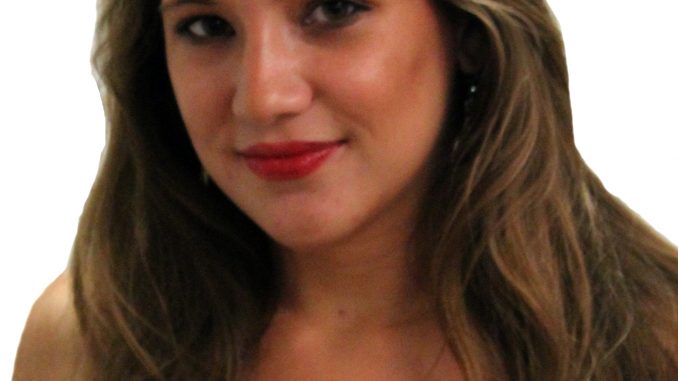
 Last month, parents queuing up to secure a kindergarten slot at the popular Penn Alexander School in University City were upset when officials from the School District of Philadelphia abruptly announced that, this year, admission would be determined by lottery rather than on a first-come, first-serve basis like in years past.
Last month, parents queuing up to secure a kindergarten slot at the popular Penn Alexander School in University City were upset when officials from the School District of Philadelphia abruptly announced that, this year, admission would be determined by lottery rather than on a first-come, first-serve basis like in years past.
The decision came after some families lined up four days in advance of the official registration date. School district officials expressed concern for the safety of the parents in line – some of whom even erected tents, chairs and, in one case, a temporary plywood structure complete with insulation – but said that the decision to implement the new system was ultimately made to combat an even more imminent danger.
It’s not hard to see why this line is problematic. The people best equipped to operate under the old system are those with the financial stability to take a few days off from work for an impromptu urban camping trip or those who can recruit family and friends to take their places. Officials were right to worry that students of lower socioeconomic status will be disproportionately shut out of one of the best elementary educations in the city simply because of circumstance.
The Penn Alexander School is a K-8 public school, managed and operated by the Philadelphia School District in partnership with the University of Pennsylvania and the Philadelphia Federation of Teachers. But the kids in this situation aren’t the only ones learning. Now we all know that middle-to-upper class parents will refrain from darting to the suburbs, pay extravagant property taxes and brave long lines in winter weather all for the once-in-a-lifetime chance to send their children to public school. Lessons all around.
In the years between 1998 and 2011, property values in the blocks around Penn Alexander rose by 211 percent, according to the University of Pennsylvania Institute for Urban Research. This has led to changing demographics as well. PlanPhilly.com reported that the population of school-age black children within the zone declined by 61 percent between 2000 and 2010, while the population of school-age white children grew by 101 percent in that same period.
Gentrification is not unique to West Philadelphia, and how it applies to public schools is an issue plenty of other cities face today.
Which raises the question: Is there a way to improve poor neighborhoods that advances the lives of both the people and the infrastructure?
The University of Pennsylvania attempted to do so by injecting a steady flow of cash in to developing West Philadelphia through the creation of the non-profit University City District in 1997. The financial support provided benefits for residents and helped to create jobs, raise property values and reduce crime.
But not all view the university’s strides as positive developments.
Some residents are unhappy with the effects that the improvements have had on the race and class demographics of the neighborhood, criticizing the University of Pennsylvania for using its money and power to mold the neighborhood into an affluent white community.
Before the Penn Alexander School and the fancy “University City” moniker, the West Philadelphia neighborhood surrounding Penn had much in common with the North Philadelphia neighborhood near Temple. Abandoned buildings lined many of the streets and drug dealings were commonplace along corners and alleyways. But unlike Penn, no one can accuse Temple of being a racist colonizer or a community-minded benefactor. For once, I am grateful of our slumlord dwellings and sketchy corner store.
Still, the construction debris blowing in the wind is a clear indication that the early phases of gentrification are upon us in North Philadelphia. The neighborhood is changing. And even though Temple does not deal directly with real estate development, it is still responsible for much of the change occurring in the nearby community. As students, we are too.
In the coming years, it is inevitable that we – both as students and as members of the Temple community – will be asked to make decisions that will impact the entire North Philadelphia community.
All I ask is that you consider one thing: Is there a way to improve poor neighborhoods that advances the lives of both the people and the infrastructure?
My hope is yes.
Bri Bosak can be reached at bribosak@temple.edu or on Twitter @bribosak.


Be the first to comment